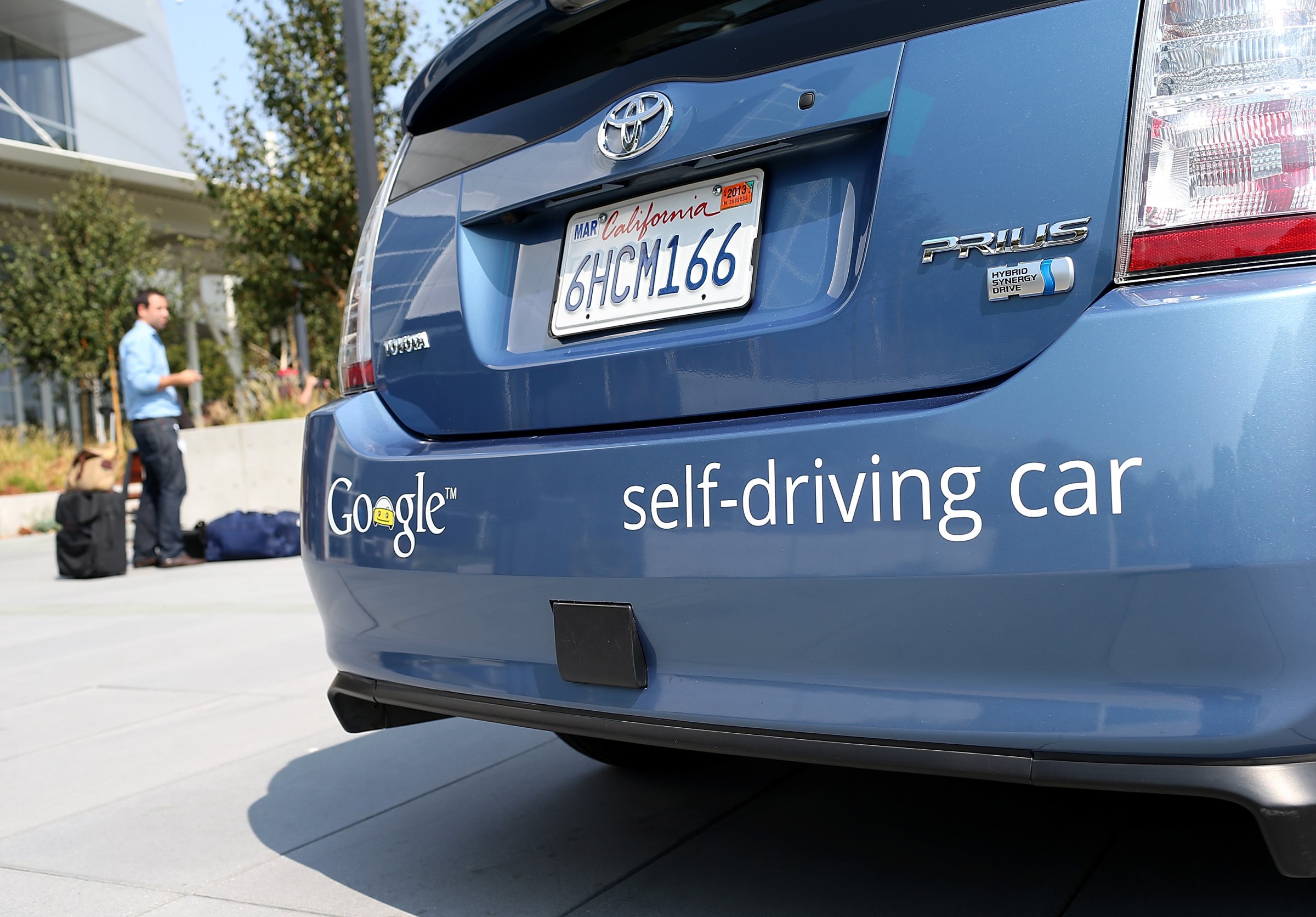
The news that car-hailing company Uber is opening up a research facility to work on driverless cars foretells one of many possible automotive futures: A world in which personal car ownership is made obsolete by city-roaming fleets of autonomous cars waiting for you to ask them to come pick you up.
That particular future might never arrive. While major automakers and tech companies like Audi, Google and now Uber are hard at work perfecting autonomous cars, they have well-documented challenges in the form of technology and policy. But there’s another speedbump ahead, too: Convincing people to let a computer take control when they’re screaming down the interstate at 70 miles per hour. In an early 2014 study by research firm Harris Interactive, only 12% of respondents said they were ready to say, “HAL, take the wheel!”
For driverless cars to go mainstream, the companies working on them will have to convince consumers they’re as safe (or safer) than human-driven vehicles. The trick here lies in a gradual rollout. Semi-autonomous features like park assist or collision avoidance are already popping up in cars on the road today, marketed as convenience- or safety-boosting tools. (Such technology also helps manufacturers drive prices up.) That’s already gotten drivers slightly more comfortable with the idea that cars can do some driving themselves. Once those features become more widely available, it’ll mean that when cars start asking to do a little more—say, take control in a highway carpool lane—drivers will be more likely to let their car become a chauffeur.
Check Out the Coolest Cars From the 2015 Detroit Auto Show

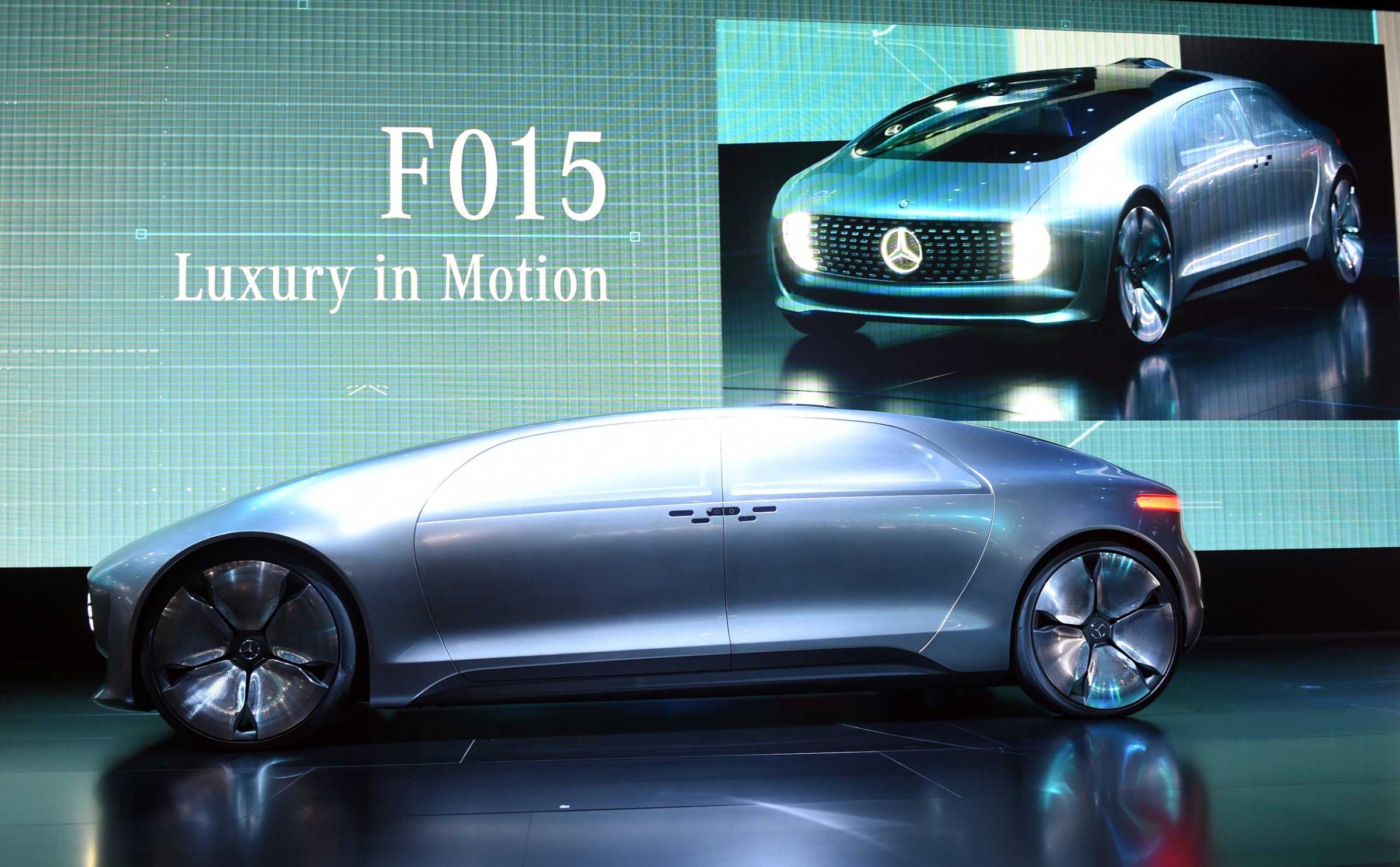

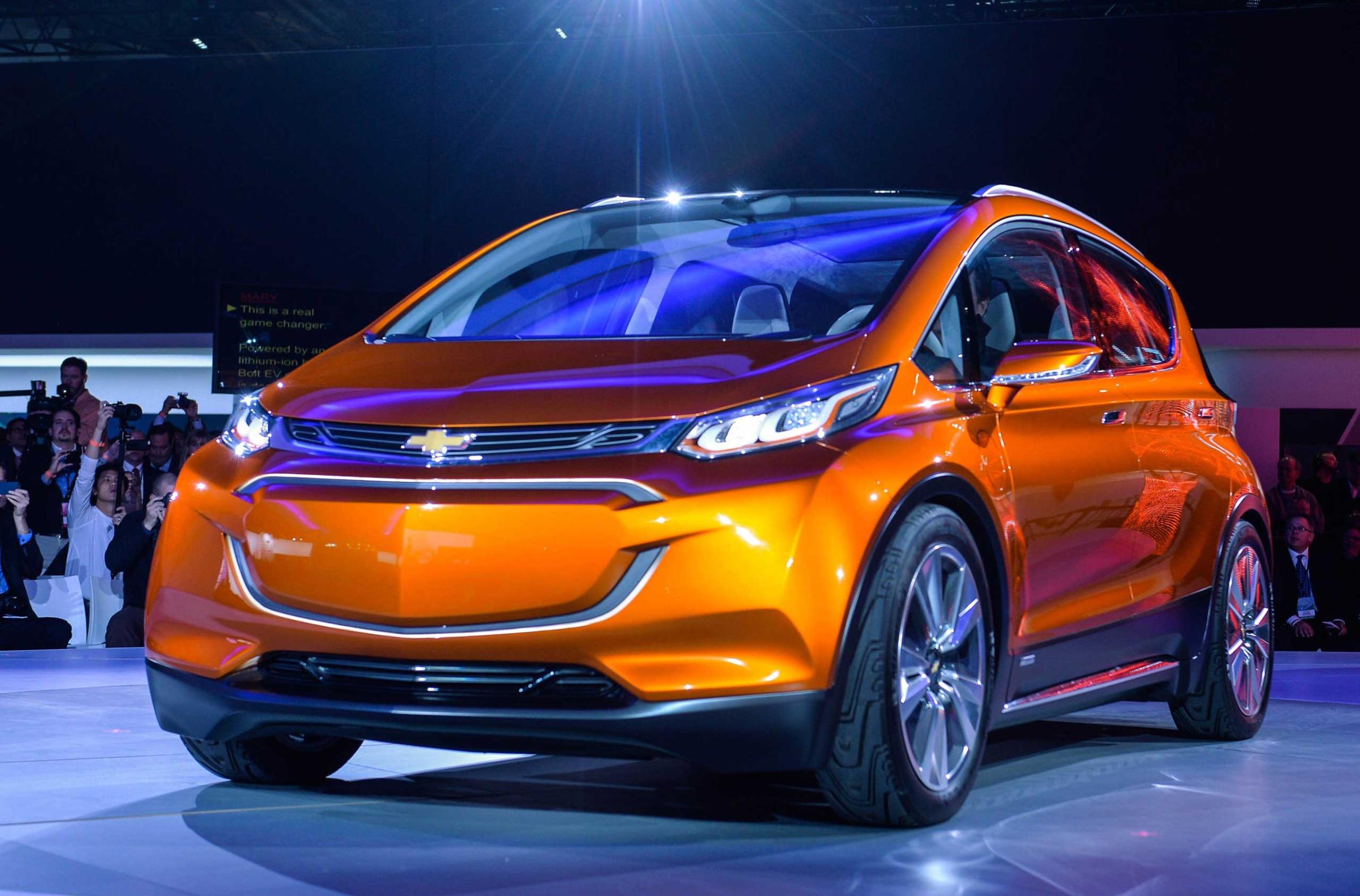
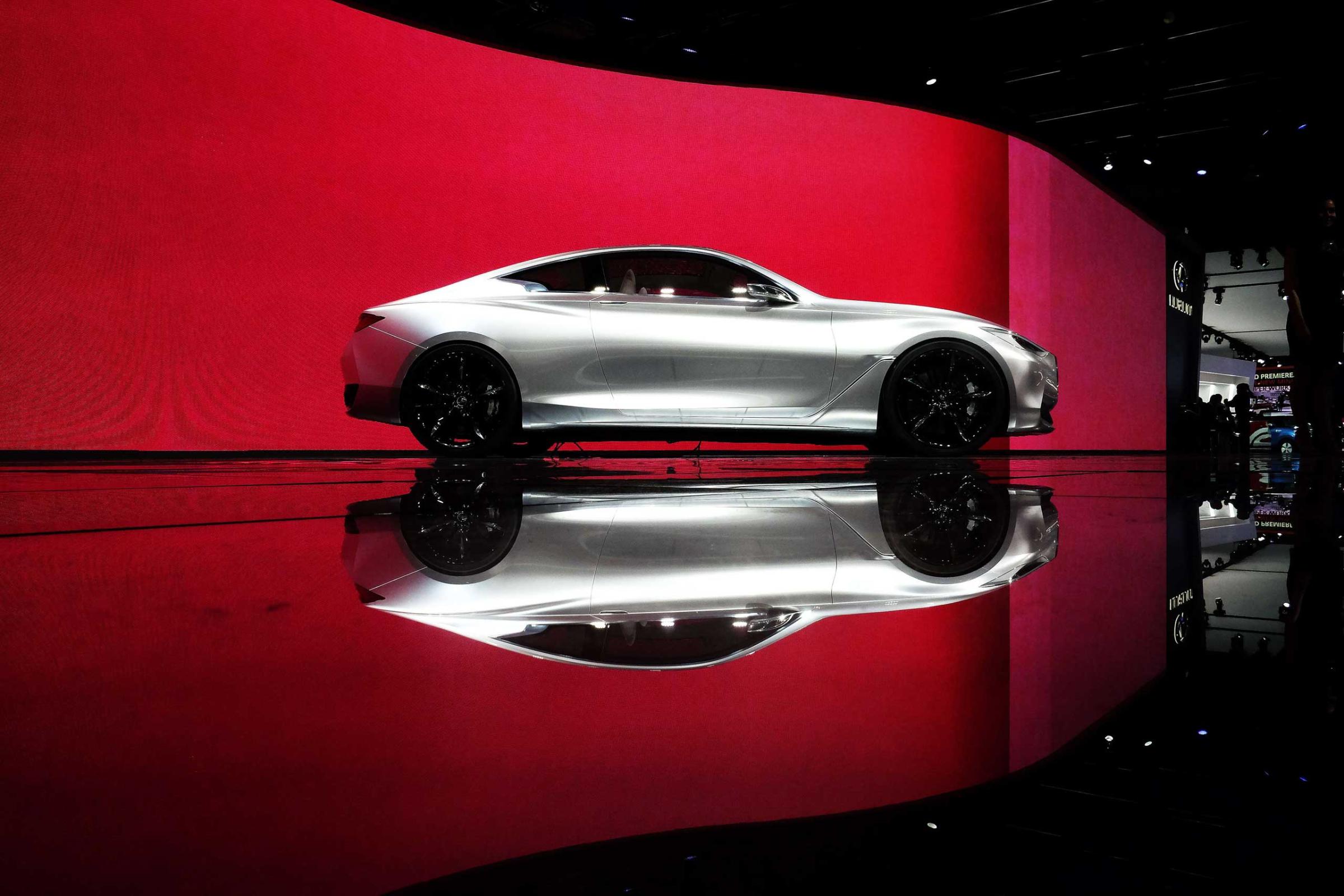

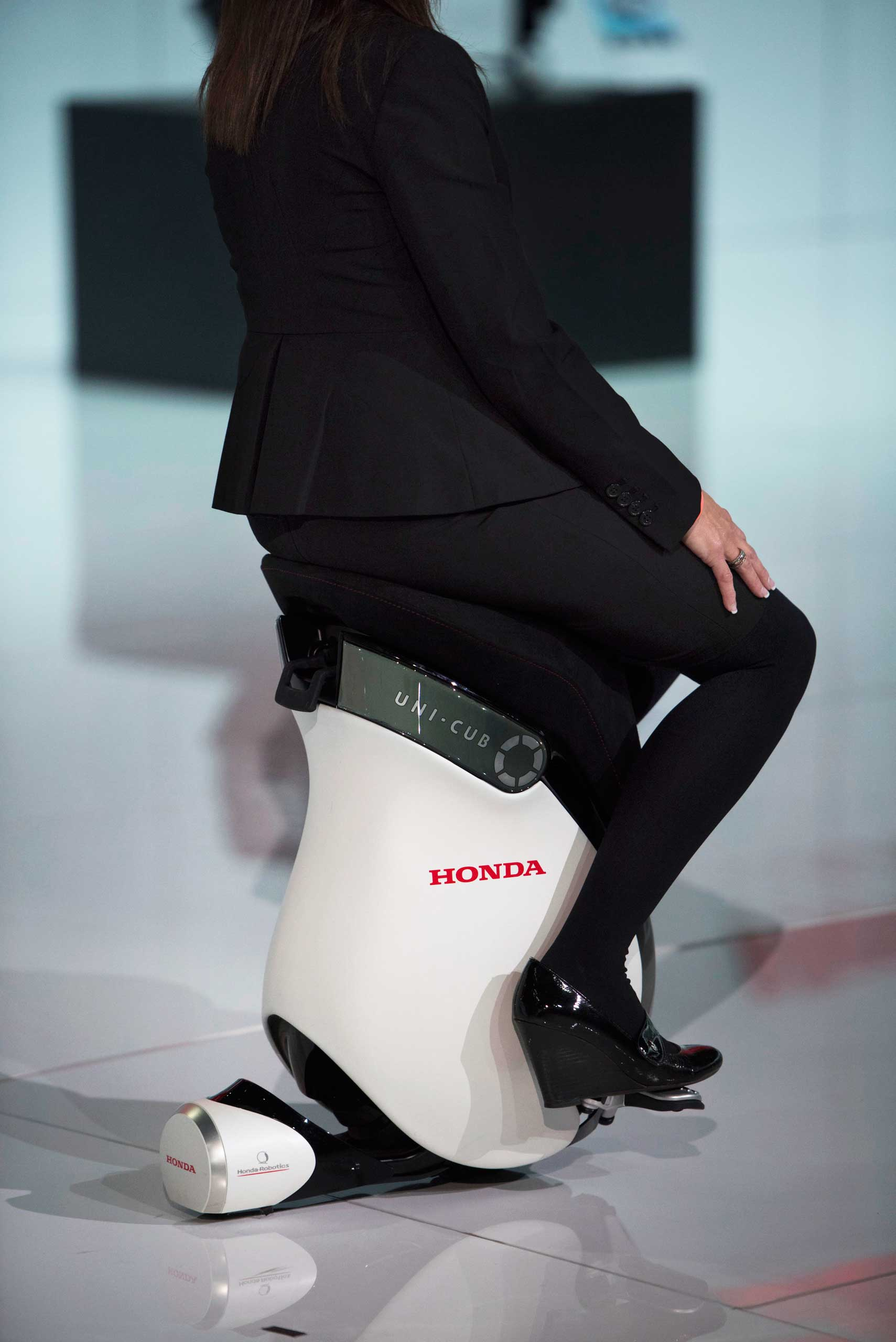
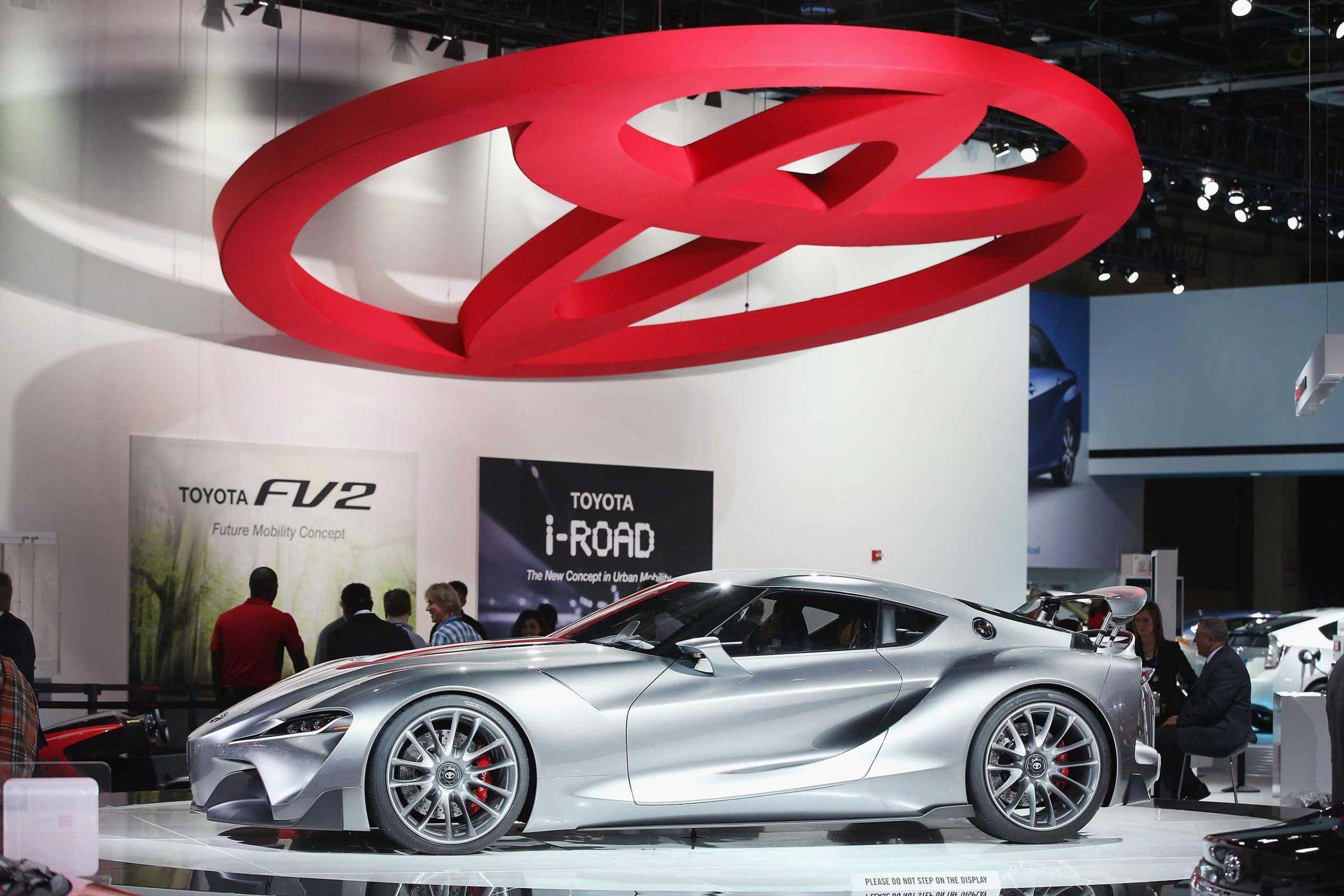

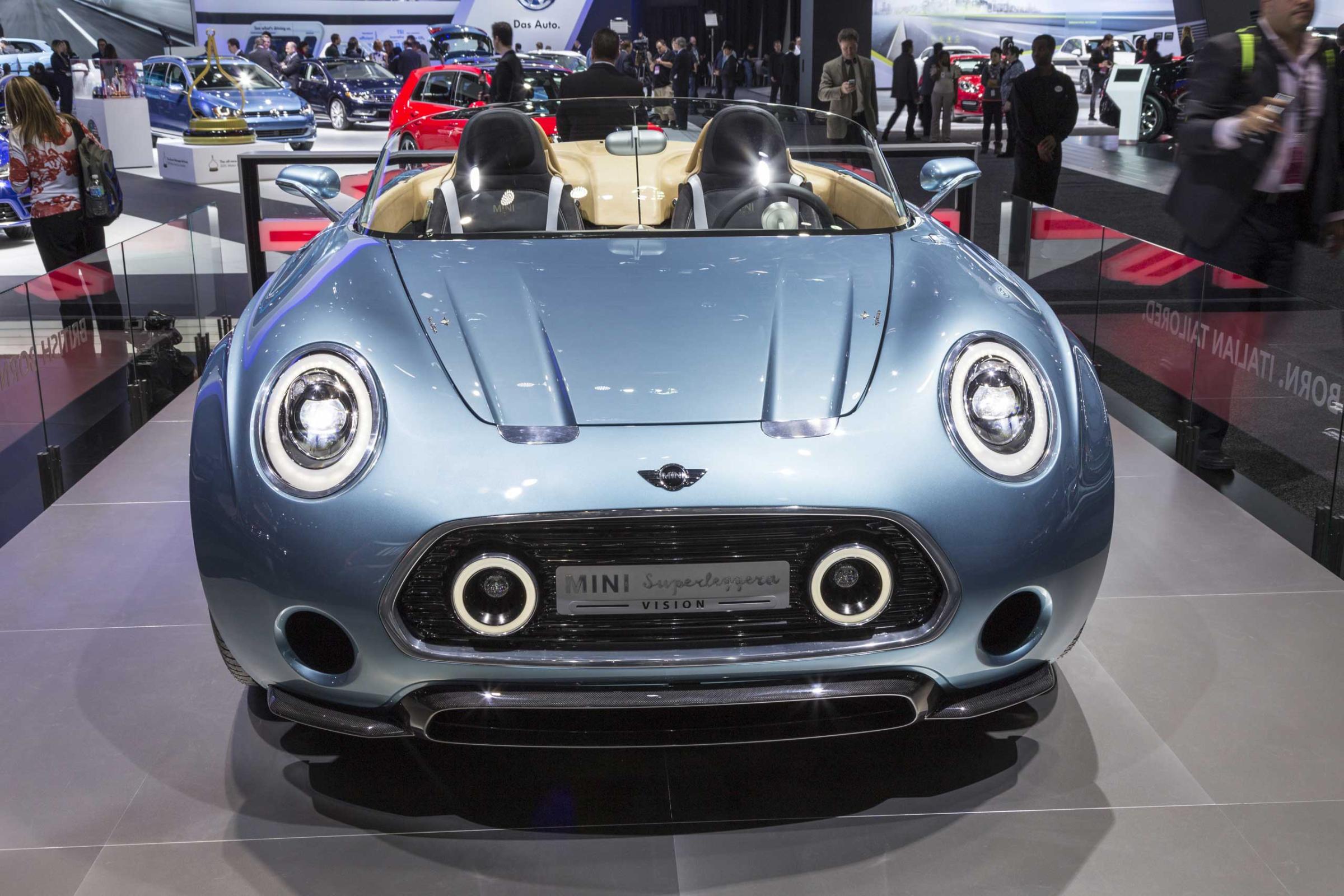
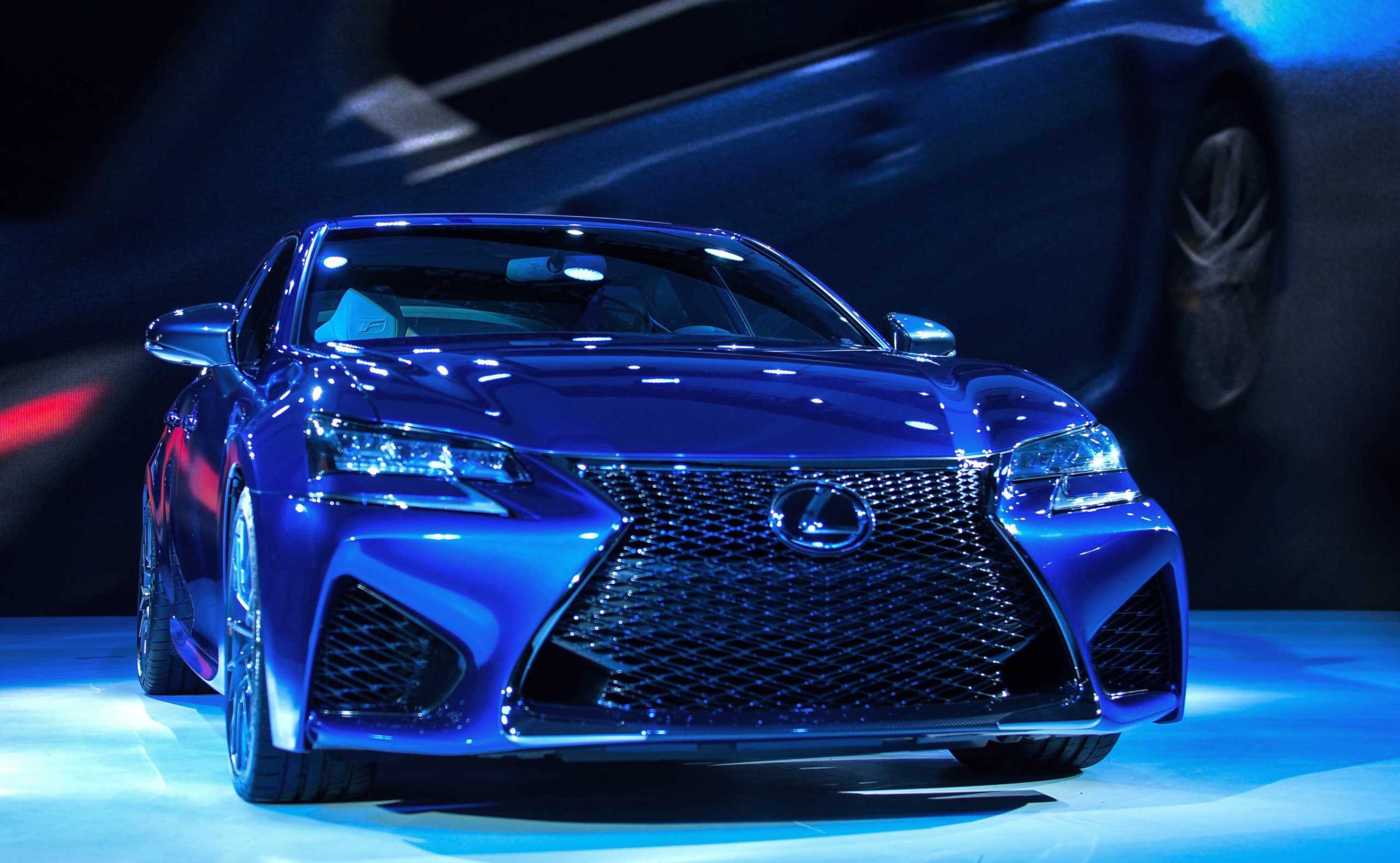


What’s unclear here is what happens to automakers when one of them (or someone else) finally starts selling driverless cars. Audi, BMW, Ford and the rest would presumably prefer a world where millions of people still buy their cars. They don’t care if the cars are being driven by a computer instead of a person so long as they’re selling lots of them.
But the hypothetical autonomous Uber future clashes with that: Why should people bother buying a car when they can hail a self-driving car to their doorstep whenever they need one? In that world, Uber would still need to buy lots of cars, but it would probably be nowhere near the number consumers are buying today.
That’s the fascinating irony of automated cars: There’s a chance that, in building them, automakers could be innovating themselves into obsolescence. That explains why car companies are doing things like building Silicon Valley research labs: Their best hope might be beating Uber at its own game by supplying both the driverless cars and the software platform on which they’ll run. Thankfully for the automakers, they have plenty of time to figure things out before we’re all zipping around in cars without steering wheels.
More Must-Reads From TIME
- The 100 Most Influential People of 2024
- The Revolution of Yulia Navalnaya
- 6 Compliments That Land Every Time
- What's the Deal With the Bitcoin Halving?
- If You're Dating Right Now , You're Brave: Column
- The AI That Could Heal a Divided Internet
- Fallout Is a Brilliant Model for the Future of Video Game Adaptations
- Want Weekly Recs on What to Watch, Read, and More? Sign Up for Worth Your Time
Contact us at letters@time.com